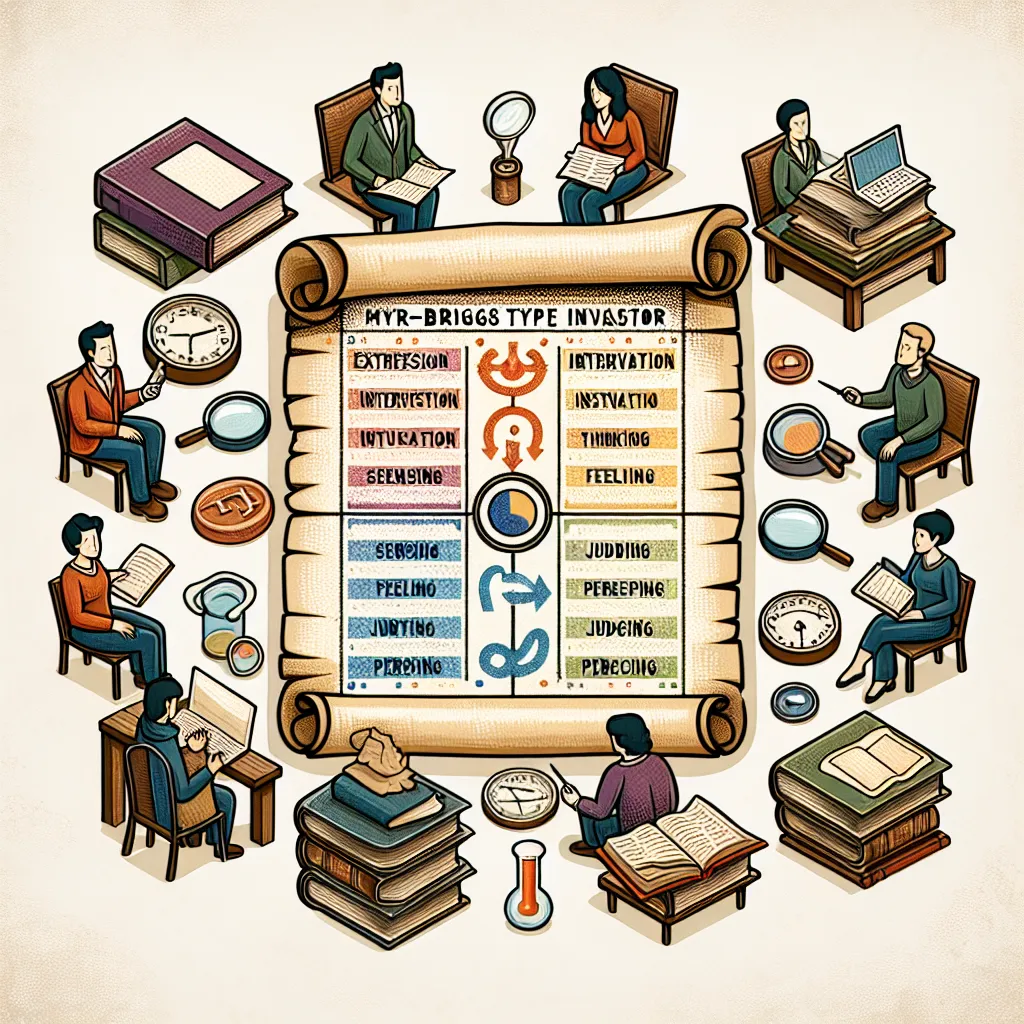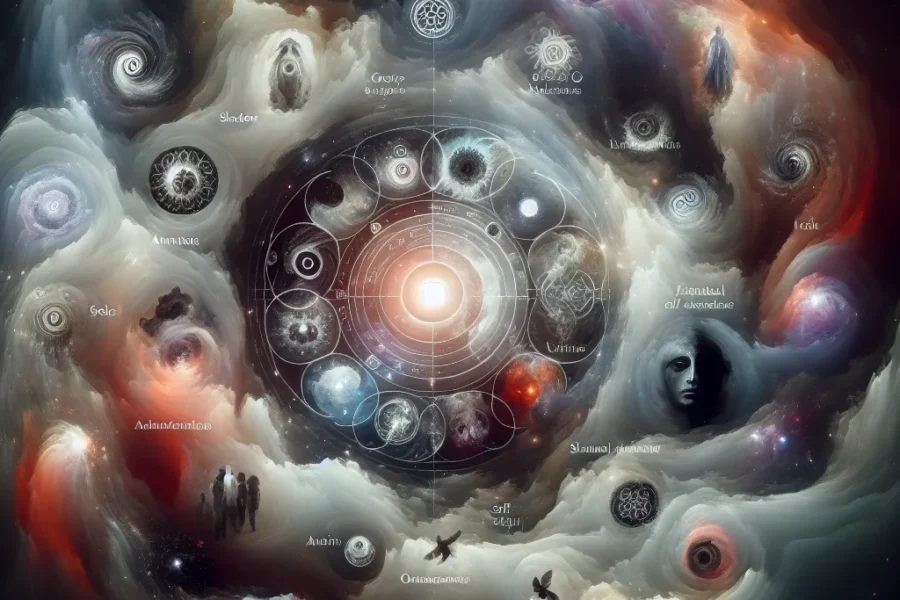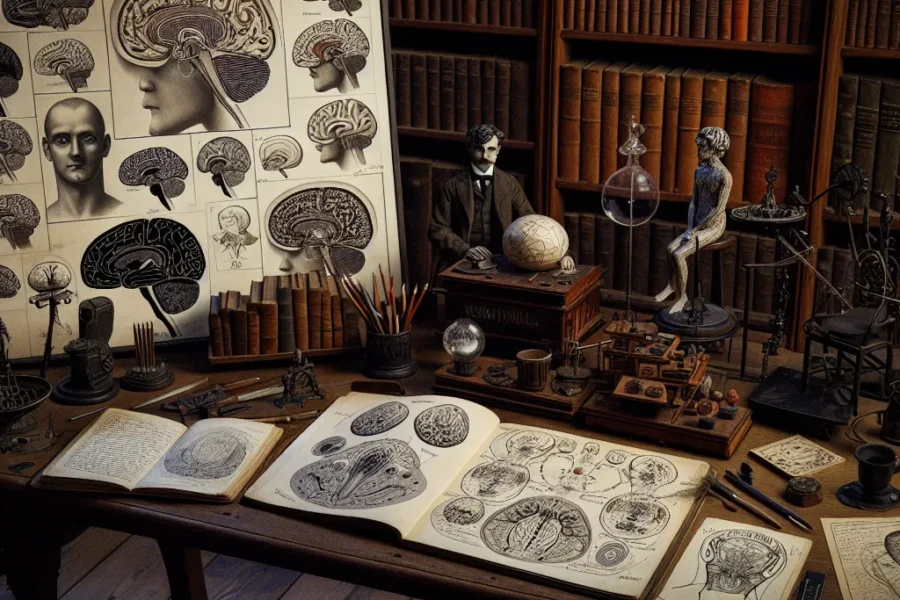The Myers-Briggs Type Indicator (MBTI) is one of the most widely recognized personality assessment tools in the world. Developed over many years of research and application, the MBTI has its origins in the work of Carl Jung, the famous Swiss psychiatrist who made significant contributions to our understanding of personality. The Indicator later came to fruition through the vital collaboration of Isabel Briggs Myers and her mother, Katharine Cook Briggs.
This intriguing tool’s history dates back to the early 20th century. Carl Jung’s seminal book “Psychological Types,” published in 1921, laid the foundation for what would become the MBTI. Jung’s theory proposed that human behavior is not random but rather predictable and classifiable. He identified several psychological functions related to how individuals perceive the world and make decisions—two key dimensions explored in depth by the MBTI.
Inspired by Jung’s ideas, Katharine Cook Briggs, who harbored a long-standing interest in personality, started her journey to create an accessible instrument that would allow people to understand and utilize Jung’s theories in everyday life. Her daughter, Isabel Briggs Myers, later took up the mantle and continued to refine and develop the assessment over decades, bringing it to the prominence it enjoys today.
The MBTI measures personality by assessing individuals on four dichotomies: Extraversion-Introversion (E-I), Sensing-Intuition (S-N), Thinking-Feeling (T-F), and Judging-Perceiving (J-P). These dichotomies represent the opposing ways in which people prefer to interact with the world. The combination of one’s preferences across these dichotomies results in one of 16 distinct personality types, each with its own set of characteristics and tendencies.
Extraversion and Introversion pertain to the source and direction of energy expression. Extraverted individuals are often perceived as outgoing and energetic, whereas introverted individuals are typically more reserved and reflective. The Sensing-Intuition dimension refers to the preference for gathering information, with Sensing individuals focusing more on the present and tangible data, while Intuitive types are drawn to future possibilities and abstract concepts. The Thinking-Feeling dichotomy distinguishes between decision-making processes, with Thinking types relying on objective principles and logical consistency, and Feeling types emphasizing harmony and the consideration of others. Lastly, the Judging-Perceiving dichotomy addresses one’s approach to structure and decision-making, with Judging individuals preferring organization and decisiveness, and Perceiving types exhibiting flexibility and adaptability.
The impact of the MBTI has been far-reaching. In the professional realm, organizations have employed the MBTI to foster better teamwork, enhance leadership development, and facilitate conflict resolution. Human resource departments utilize the tool in professional development training to help employees understand their work styles and preferences and to build more efficient and harmonious teams.
Moreover, in the educational sector, the MBTI has been instrumental in guiding individuals towards understanding their learning styles, aiding students in making informed decisions about their academic paths and future careers. Counseling and career services incorporate MBTI assessments to help individuals gain insights into their personal strengths and challenges, which can be particularly useful in personal development and the honing of one’s professional trajectory.
Furthermore, the MBTI has made significant contributions to fields such as psychology, coaching, and even literature, offering a framework for analyzing and understanding human behavior in a nuanced and systematic way. It has become a staple in work-life balance and self-improvement discourse, with many people turning to the MBTI to gain a deeper understanding of themselves and to improve their interpersonal relationships.
Despite its widespread use, the MBTI has faced its share of criticism. Some detractors question the scientific rigor of the Indicator, pointing to the lack of empirical evidence supporting its validity and reliability. Critics often point to the Forer effect—a psychological phenomenon whereby individuals believe vague and general personality descriptions are highly accurate for them personally—as a possible explanation for the positive reception and popularity of the MBTI.
Nevertheless, advocates of the MBTI argue that its value lies in fostering greater self-awareness and tolerance of differences amongst individuals. They assert that the MBTI should not be used as a definitive measure of personality but as a starting point for discussion and self-reflection. Proponents emphasize the Indicator’s role in personal growth, team building, and conflict management, rather than its use as a tool for selection or assessment in rigid or exclusionary manners.
The ongoing debate around the MBTI underscores the complexity of measuring and understanding human personality. Nevertheless, the widespread adoption of the MBTI suggests that it offers utility and appeal to those seeking to navigate the complexity of human behavior and relationships, whether in personal or professional settings.
Indeed, the legacy of the Myers-Briggs Type Indicator is significant. Its origins are deeply rooted in the quest to understand human nature, and its development has spanned close to a century. The tool has permeated various spheres of society, influencing how individuals understand themselves and interact with others.
Ultimately, the MBTI’s true impact may not solely be measured by standardized metrics of validity or reliability but also by its capacity to spark conversation and promote a journey of self-discovery. As the modern world pivots towards greater personalization and introspection, instruments like the Myers-Briggs Type Indicator are likely to maintain a pivotal role in shaping the narrative around personality and the endless quest to comprehend the human condition.



Leave a Comment